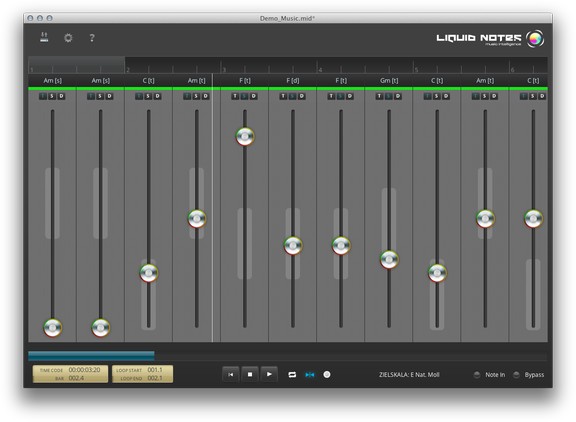

By default, it’s a really straightforward look at some commonly occurring patterns for whatever instrument you have selected. For example, if you’re working on a snare instrument, the Beat Builder will instantly highlight snare-specific patterns you can insert into regions with one click.Ī regular sequencer loops one or two bars and you input notes one at a time. The BeatForm Sequencer takes that model to the next level: Each space in the sequencer can hold one or more notes, up to six.

You can think of the spaces in the BeatForm sequencer as placeholders for groups of notes. All it ever takes is one click in the BeatForm Sequencer to get a cluster of notes in any given space. The BeatWeaver Rhythm Synthesizer can be an intimidating mass of information to negotiate through. That’s why the developers at WaveDNA built the BeatSeeker, an intelligent algorithm that highlights the most commonly occurring patterns for whatever instrument you’re working on. Our team of astute scientists studied several hundred songs from a variety of genres to ensure its accuracy. Liquid Rhythm’s Pencil and Paint tools turn the Arranger into something it should always be– a Canvas.

Rhythm is art, your screen is an easel, and these are the tools of your trade. Liquid Rhythm features a handful of distinct kits, each mapped to the General MIDI standard of percussion (which is a fancy way of saying that when you hook up your MIDI drum pad, everything will work just the way you’d expect it to). The Music Molecule is a new representation of MIDI. More importantly, it’s a simpler and more musical representation of MIDI. Unlike traditional MIDI editors, Liquid Rhythm doesn’t require you to have any theoretical understanding of music or the piano. It’s our way of grouping notes together in a 4/4 bar to let you actually paint entire bars of music onto your arranger. Check out for more compatibility details! Integrate Liquid Rhythm into your studio setup using our VST/AU/RTAS plugins.


 0 kommentar(er)
0 kommentar(er)
